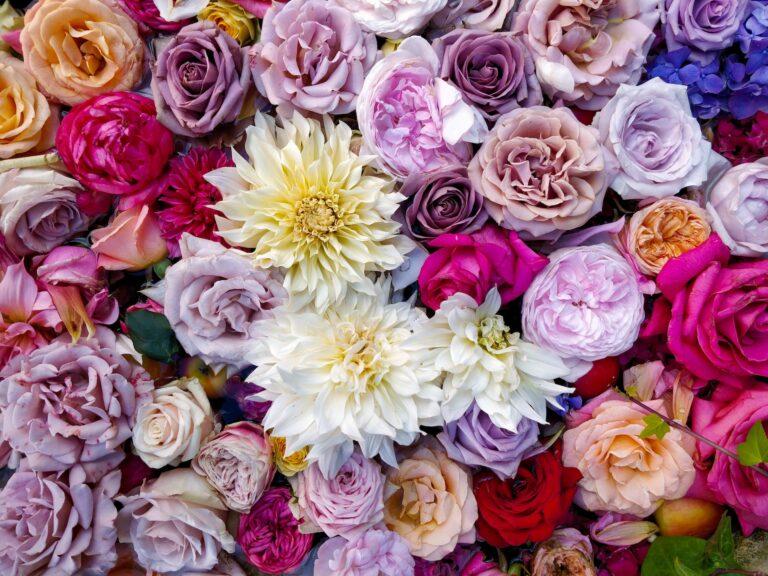Flowers add vibrant color to gardens and bouquets, but they are so much more than aesthetic decoration. Look closer and you’ll discover flowers are complex organisms with amazing capabilities we never realized. Indeed, there are all kinds of marvels, mysteries, and fun facts about flowers most people never knew. This article explores some of the most fascinating secrets from the unappreciated world of flowers. Get ready to see blooms in a whole new light!
#1 – Flowers are actually modified leaves.
What we think of as the flower’s petals are actually specialized leaves called tepals in plants like tulips, lilies, and irises. The fancy colors and shapes evolved to attract pollinators like birds, bees, butterflies, and other helpful wildlife. Within each flower are the plant’s true reproductive parts – the stamens and pistils. Who knew the flower’s pretty exterior is really just packaging for its true purpose, pollination and reproduction?
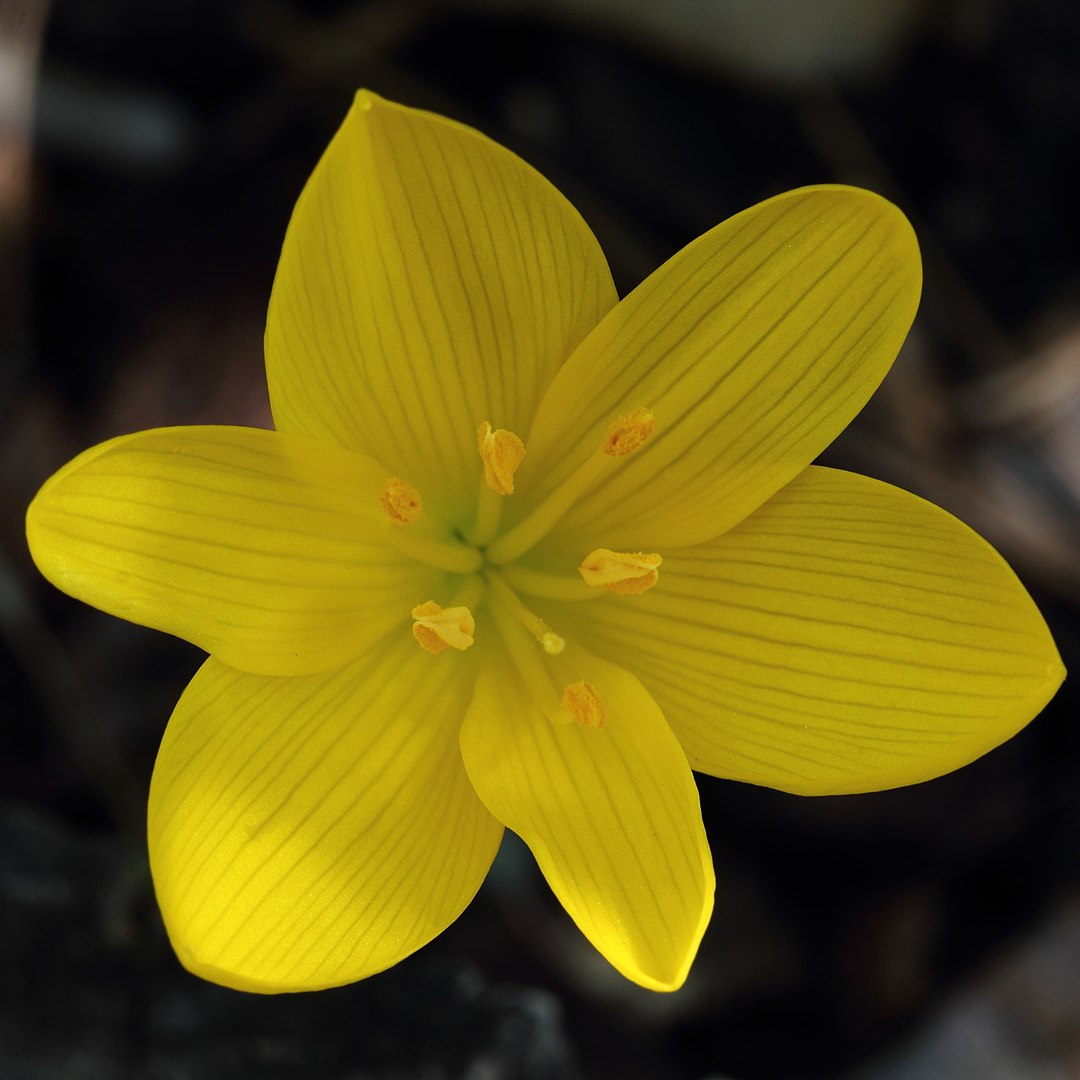
#2 – Flowers use flashy colors and smells to attract pollinators.
Flowers didn’t develop bright colors and sweet scents just to please the eyes and noses of their human overlords. They rely on pollen transport from one flower to another to spread genetic material and reproduce. The appealing display is meant to catch the attention of birds, bats, bees, beetles, butterflies, and other mobile creatures that can transfer pollen when they visit multiple flowers. It’s an incredible symbiotic relationship between plants and pollinators.

#3 – Sunflowers turn to follow sunlight across the sky from east to west.
In an amazing display of natural solar tracking, sunflower heads tilt on their stems each day to keep facing the sun as it moves across the horizon from morning to night. Their phototropism (the ability to move and face the sun) optimizes sunlight absorption for energy and growth – powered by motor cells in the stem that literally turn the flower head. By the next day, the sunflower is tilted toward the east, ready to follow the sun’s journey again.
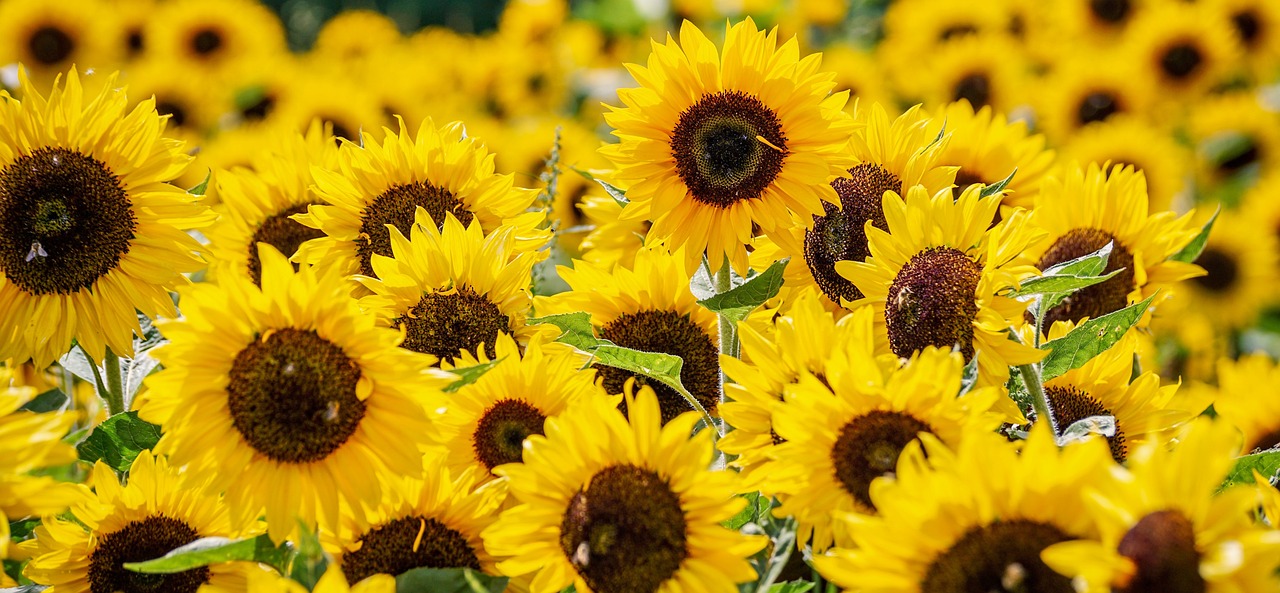
#4 – Flowers have a scientific classification system similar to animals.
An 18th-century botanist, Carl Linnaeus developed a taxonomy to classify and identify plants based on their flower’s reproductive structures. The Linnaean system categorizes flowers into varieties, species, and families sharing common traits. Familiar flower families include the daisy, orchid, lily, rose, sunflower, and more. There are around 400 total plant families. Learning about a flower’s family helps us understand its growth and care.

#5 – Some plants retain their petals and flowers for years after they are cut.
Normally flowers last just days or weeks before wilting. But certain flowers have evolved mechanisms that help their blossoms, or at least their petals, survive when detached from the plant itself. Flowers of the strawflower and rockrose dry completely yet maintain bright colors for dried floral displays. And lotus and silver vase flowers actually re-bloom on cut stems.
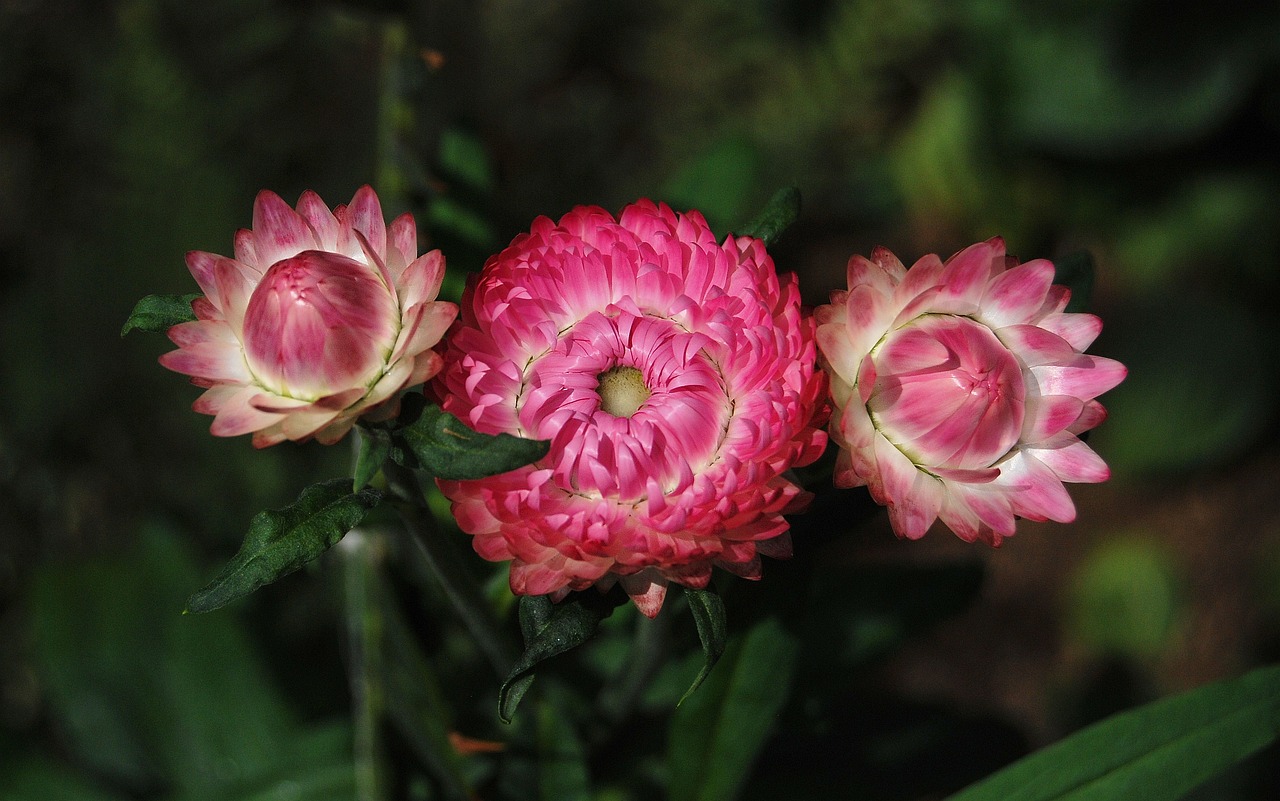
#6 – More fun facts about flowers: the world’s most expensive perfume includes extracts from orchids.
Fragrances derived from flowers command top dollar. Clive Christian’s Imperial Majesty perfume holds the Guinness World Record as the planet’s priciest scent at $12.7 million per ounce. It contains precious floral essences distilled from flowers like the delicate, rare orchid Vanilla planifolia, jasmine, and Tuscan iris. That’s over $200,000 for a standard 3.4-ounce bottle. At this price, it better smell like heaven and last forever!
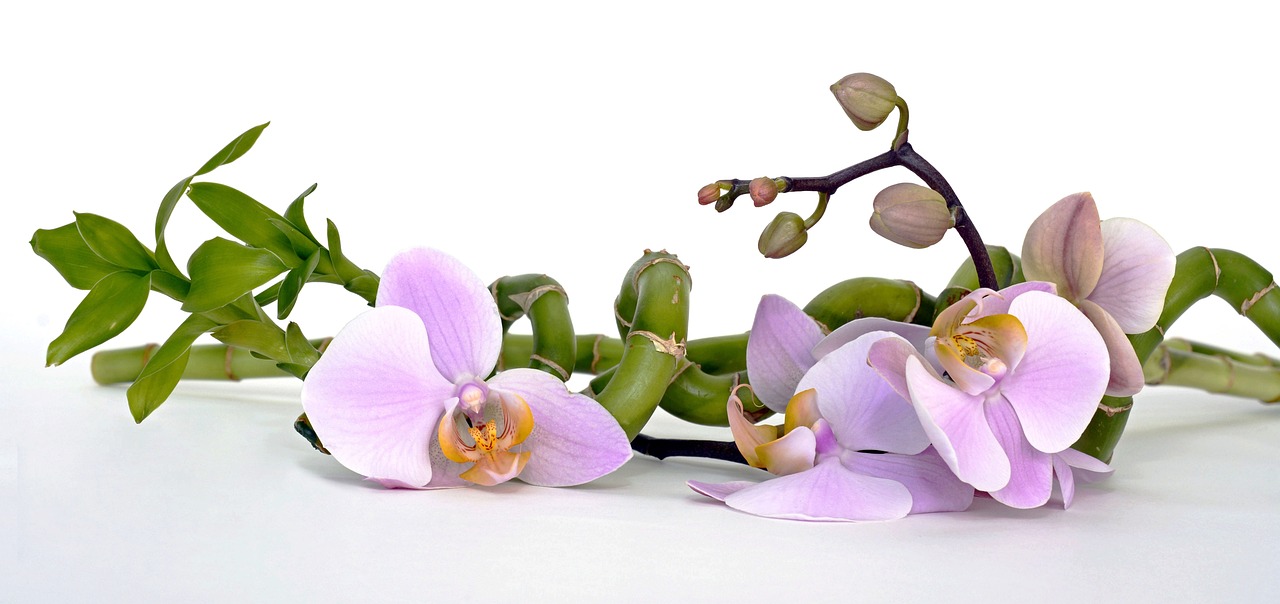
#7 – Carnations can change color after being cut from the plant.
While most cut flowers slowly fade after they are picked, oddly enough cut carnations shift to a new hue entirely. Varieties like Purple Sparkle and Holiday Candy convert from vivid purple to a light pink or salmon color within 24 hours of being cut. Scientists think the pH change from the plant’s xylem to the flower’s acidic vacuoles causes an instant dye job. Imagine if only our hair could change colors so easily!
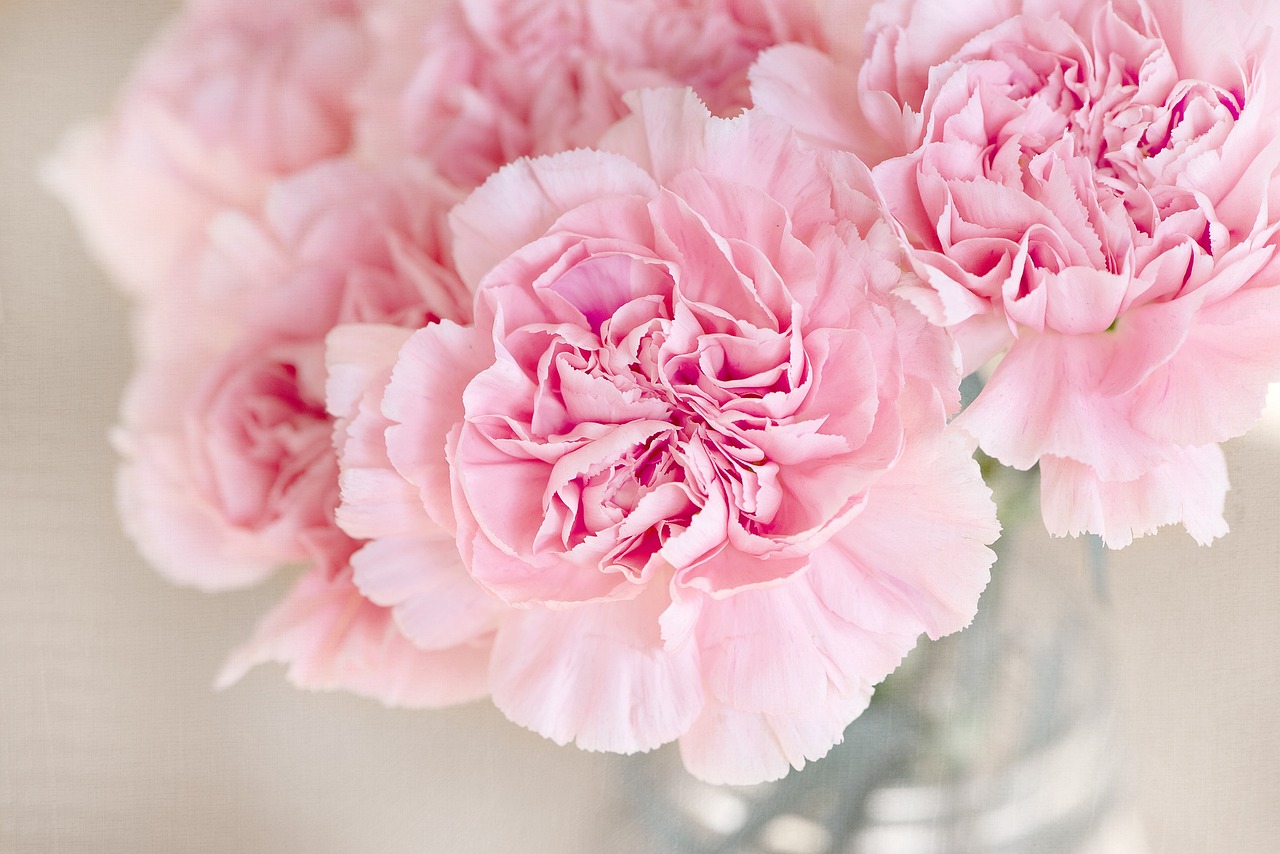
Keep reading for more fun facts about flowers!
#8 – Flowers use a range of techniques to spread pollen.
Most flowers utilize wind, insects, birds, bats, or other foragers to help carry pollination. But some unusual species have developed ways to physically catapult pollen onto their unsuspecting pollinators. It’s fascinating – squash flowers essentially “squirt” pollen at bees that fly by. Onion flowers sway in the wind, dusting nearby insects with powdery pollen. And under the hood, orchids fling pollen masses at bees, sticking to them like pollen magnets. Resourceful reproductive strategies!
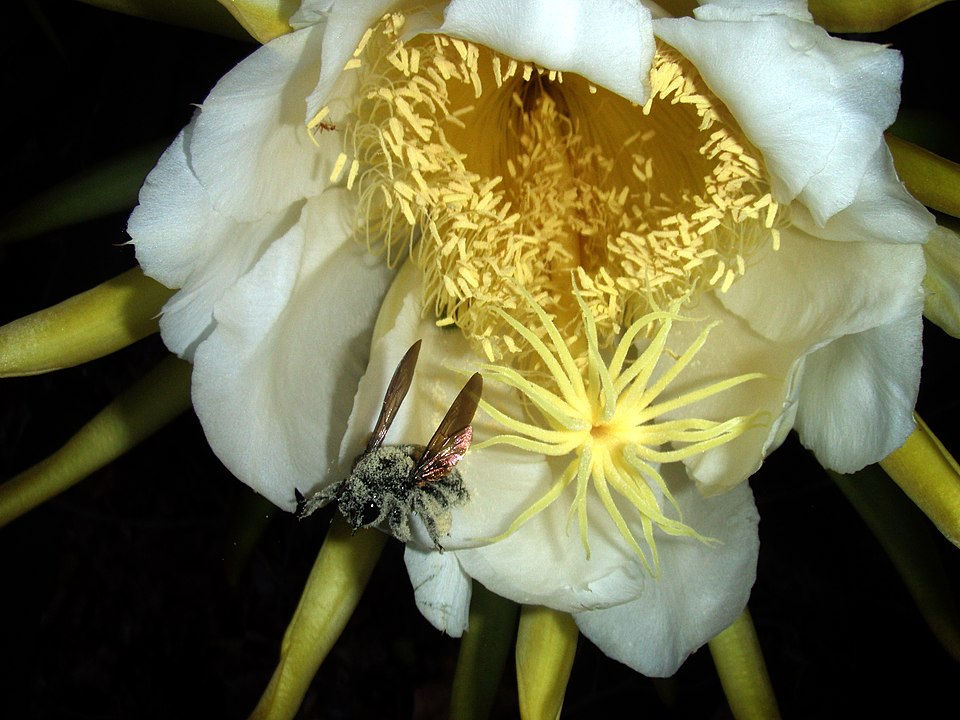
#9 – The rafflesia flower produces the largest individual bloom on Earth.
Found in the jungles of Indonesia, rafflesia flowers grow over 3 feet wide and weigh up to 24 pounds when fully open. Their enormous size and striking red color resembles meat, earning names like corpse flower or meat flower. The odd parasitic plants lack roots, stems, and leaves. Instead, they exist as threadlike strands inside vines until one day they erupt and a stench of rotting flesh attracts flies for cross-pollination. It’s very odd and kind of creepy.

#10 – Some plants can actually warm their flowers to attract pollinators.
When it’s cold out, flowers literally need to heat things up to entice pollinators. Species like the skunk cabbage and voodoo lily can raise their flower temperature by 15 to 35 degrees Fahrenheit. Unusual proteins act like antifreeze, lowering the point at which ice crystals form in the plant. The heat from the plant’s respiration then thaws the flower, creating a warm, inviting environment that says “Hey bees, butterflies and bugs – pollinate me!”
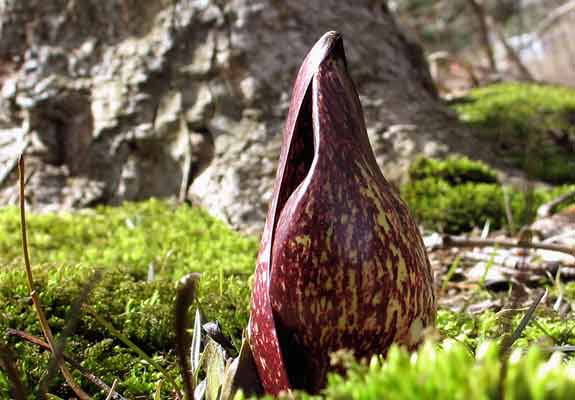
#11 – Flowers are timed to bloom during their pollinator’s active seasons.
To maximize their chances of pollination, flowering times are tied to the seasonal activity patterns of key pollinator species. Spring wildflowers line up with emerging bees. Night bloomers open when nocturnal moths are most active. And high country flowers thrive when hummingbirds stop by on migration. Even city flowers have adapted to the schedules of urban bees and pigeons that carry pollen around metro areas. In the wild world of flowers, timing is everything for successful flower reproduction.

#12 – Numerous fruits and vegetables are actually derived from flowers.
Many foods we buy in the grocery store come straight from flowers. Broccoli, cauliflower, and artichokes form from overdeveloped flower buds. Green beans and capers emerge from delicate flowers. Saffron comes from crocus stamen. Corn kernels are ripened ovules so basically each kernel is a seed. And fruits like apples, oranges, avocados, and peaches all originate from pollinated flowers that mature into nutritional edibles. It’s funny to think that you are often eating tiny flowers! Just more fun facts about flowers.
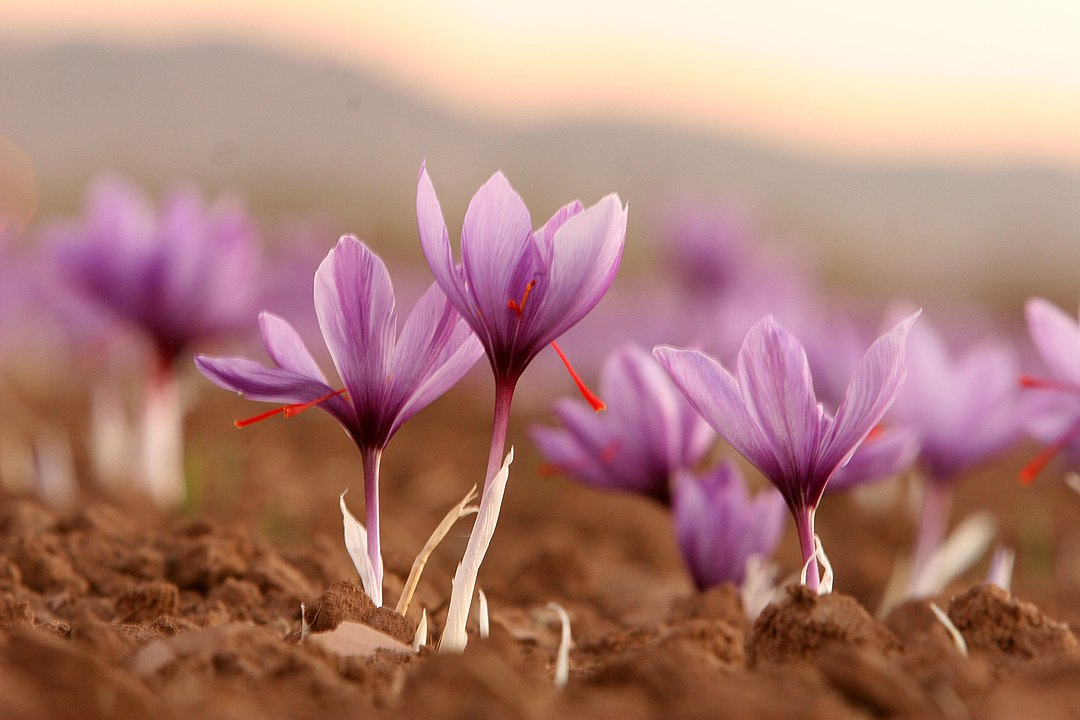
#13 – Flowers are responsible for the world’s very existence.
Pretty much all plant life begins from flowers after pollination enables fertilization of ovules into seeds. And plants form the foundation of most ecosystems and food chains. So really, without flowers, life on Earth as we know it would largely not exist. No flowering plants mean no habitats, no food source for herbivores and omnivores, and no top predators. We definitely owe flowers gratitude for making the planet habitable.
#14 – Fun facts about flowers: scientists can revive frozen flowers for decades or longer.
Cryopreservation allows long-term storage of flowering plant tissues through ultra-cold freezing, sometimes at -320 degrees Fahrenheit. Later, scientists can thaw and revive the flowers after many years, even decades. The record is a 49,000 year old arctic flower recovered from frozen silt. Biotechnology breakthroughs using cryopreservation can preserve rare, endangered flowers plus maintain stocks of pricey breeding varieties.
#15 – Flowers communicate “warnings” through chemicals and scents.
Beyond their role in attracting pollinators, flowers also emit volatiles (scents, oils, and chemicals) that can repel animals that like to eat them, such as bugs and deer. Some compounds mask a flower’s appealing aroma while others signal a warning to would-be flower nibblers. Research shows that flowers react to real damage by releasing dramatically more repellant volatiles than just shaking stems. It’s like the flowers cry out “Don’t eat me!” after an attack.

Fun Facts About Flowers: Wrap Up
Hopefully, these fun facts gave you a new appreciation for the fantastic abilities of flowers. From solar-tracking sunflowers to giant meat-scented rafflesia blooms, flowers reveal awesome evolutionary tricks. We can thank flowering plants for making Earth abundant, inhabitable, and downright delicious. There really is so much more yet to uncover about the capabilities of flowers. Their beauty and variety continues to inspire joy and discovery.
Thanks for reading!

